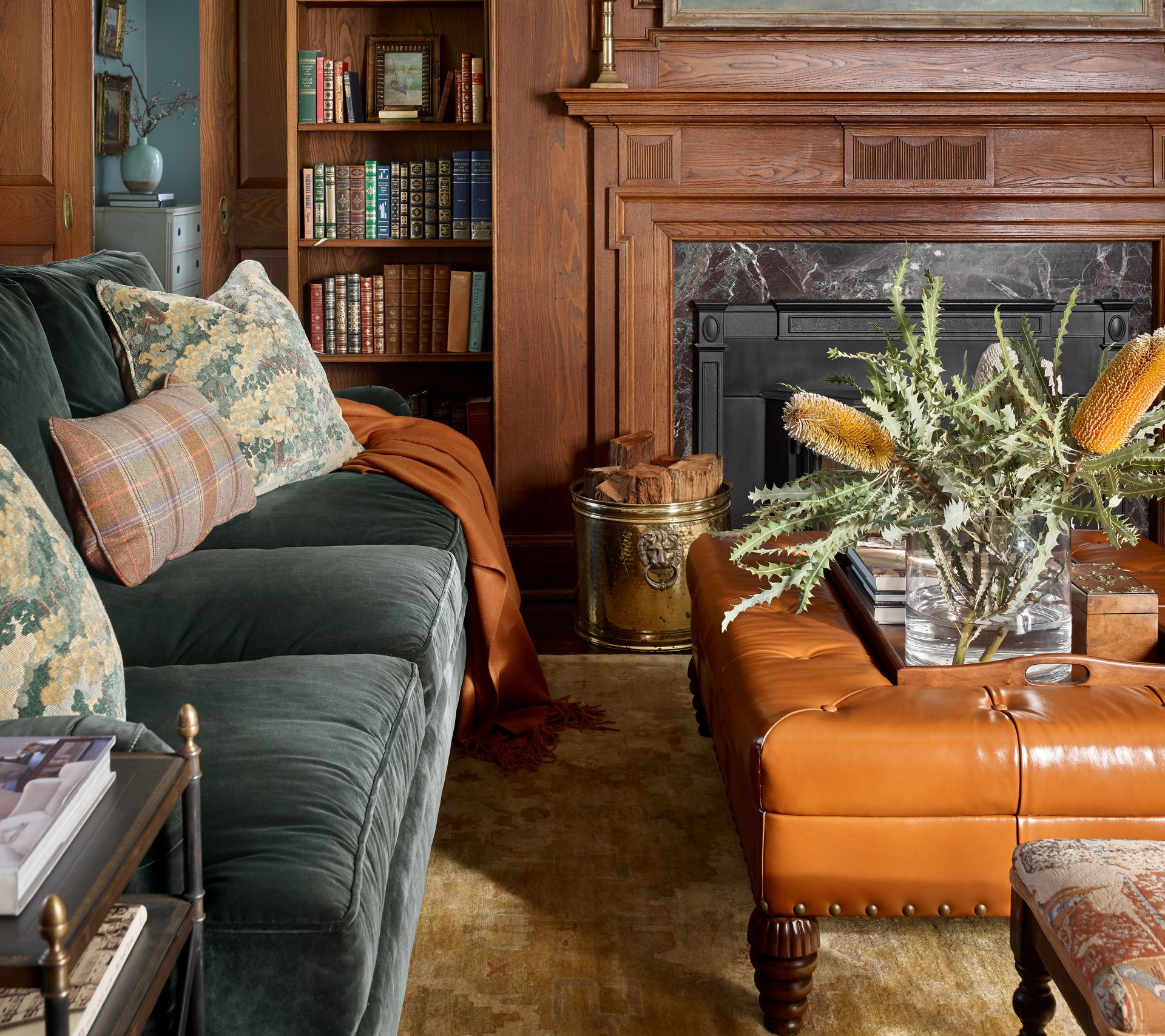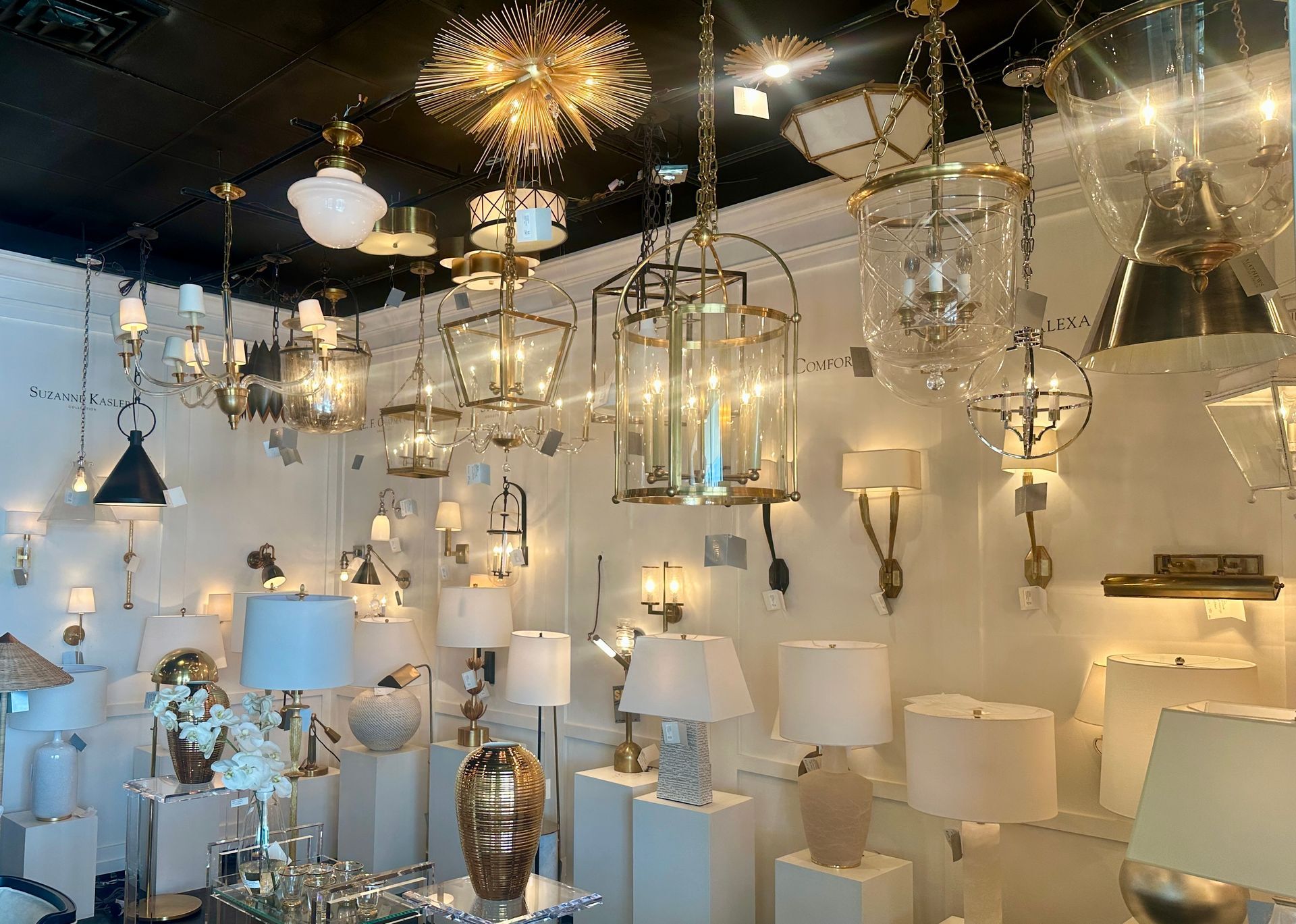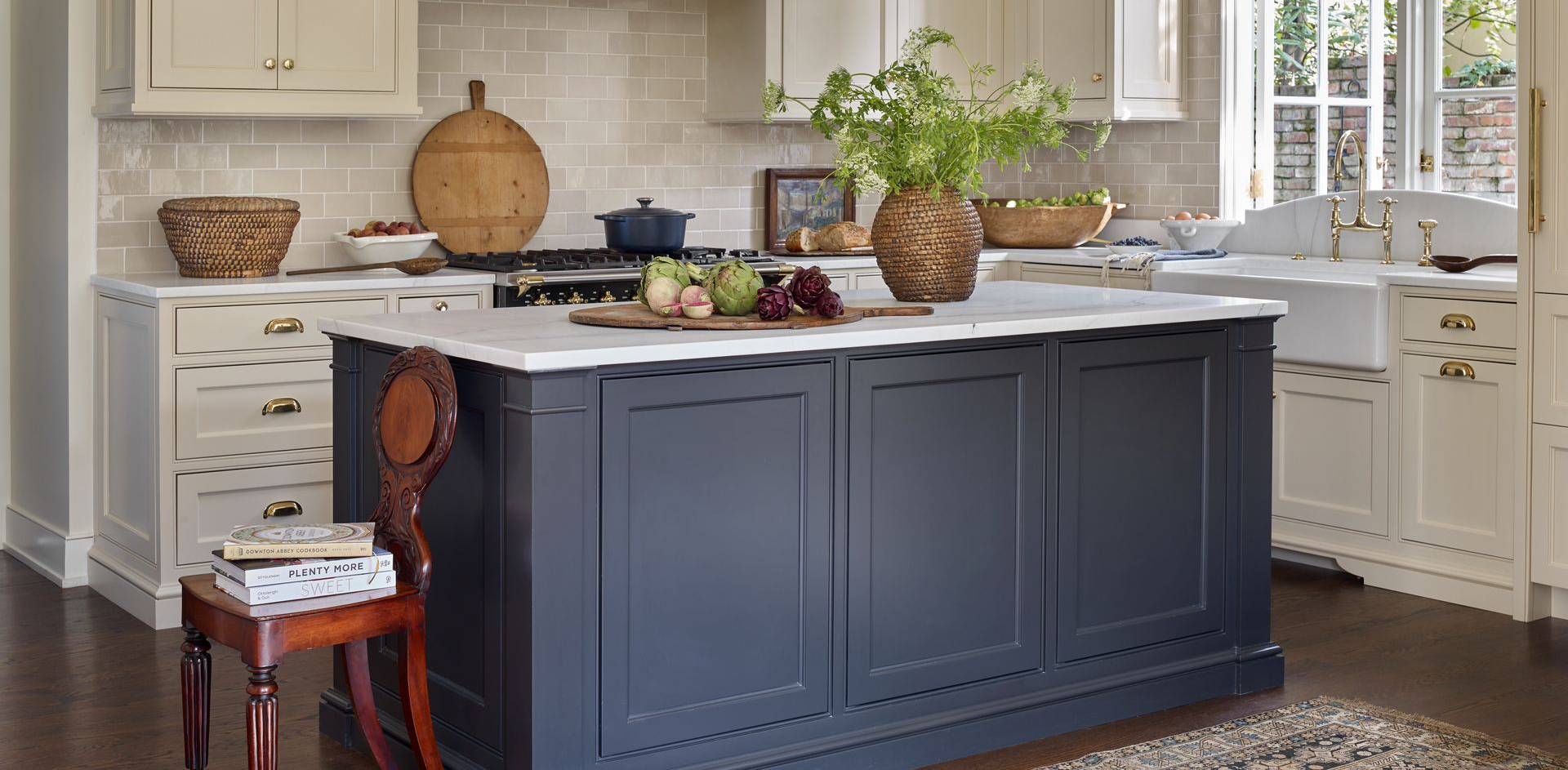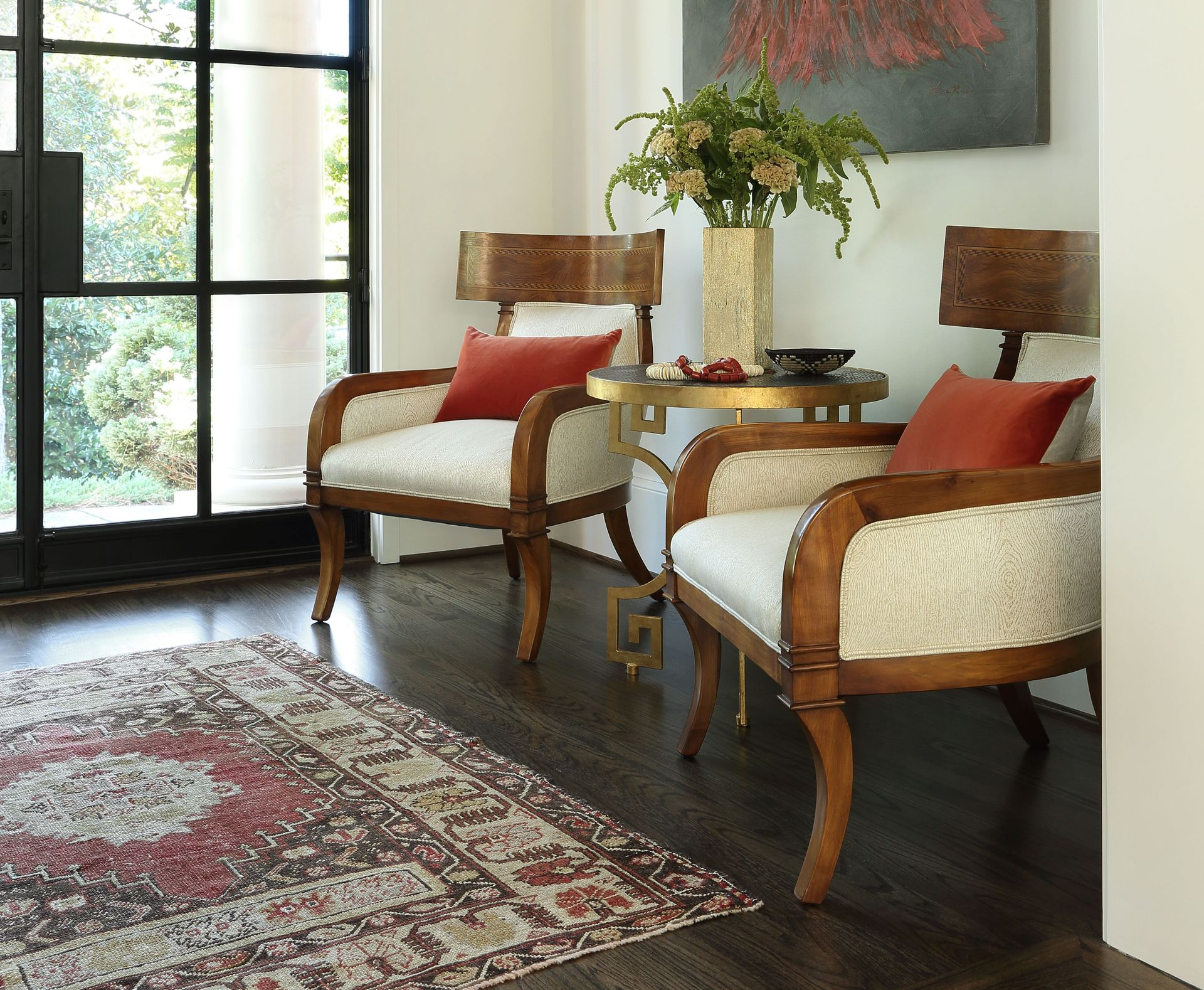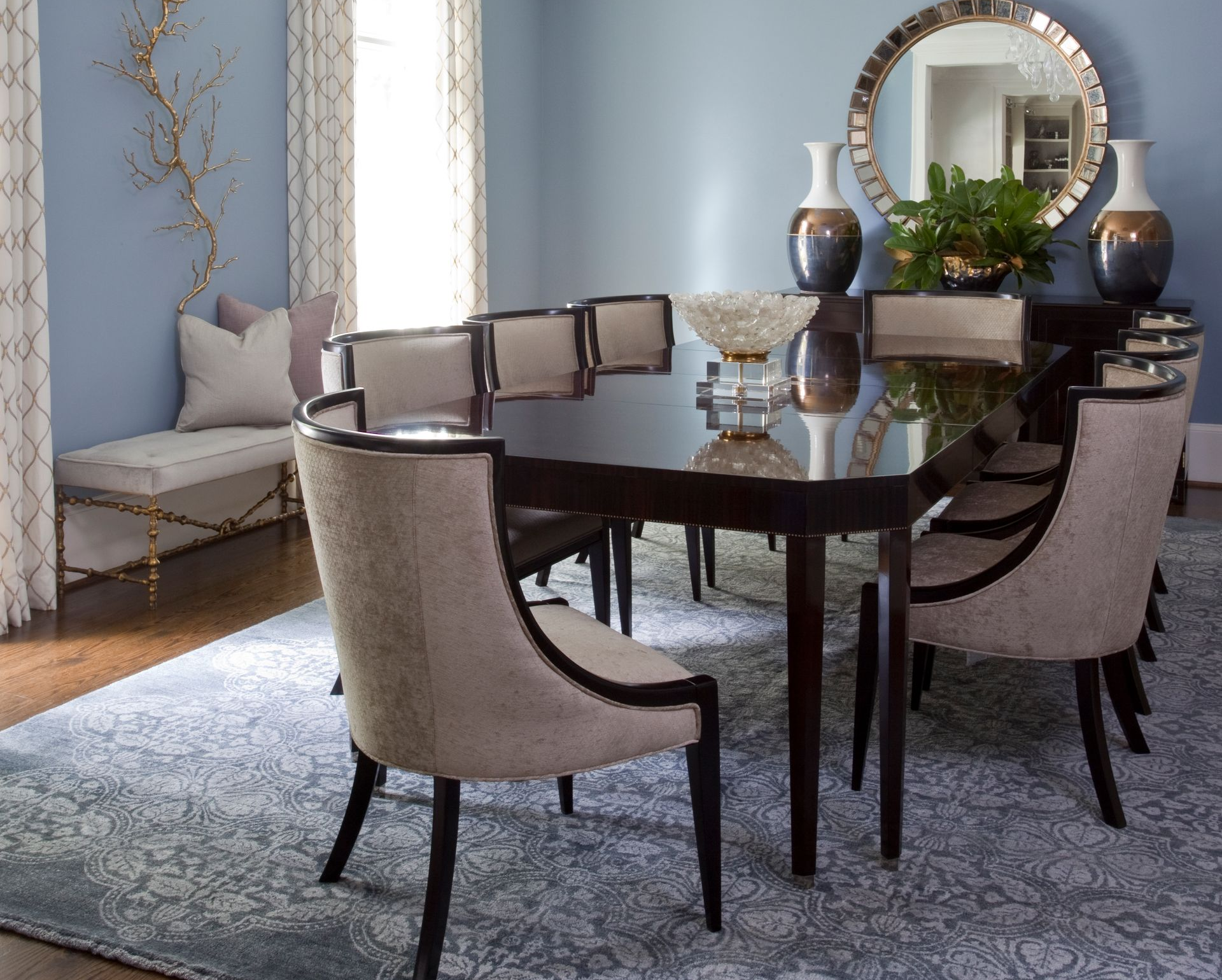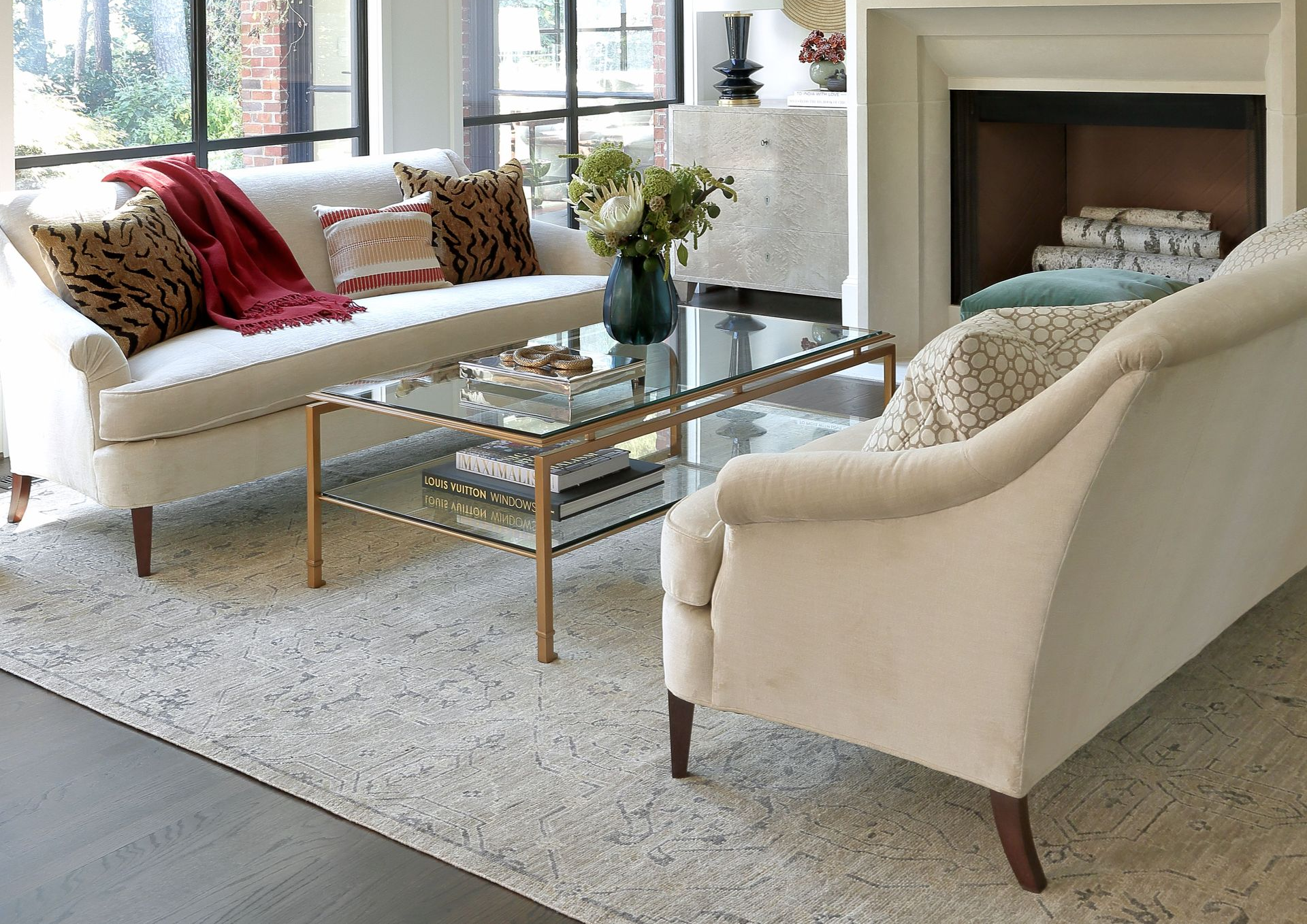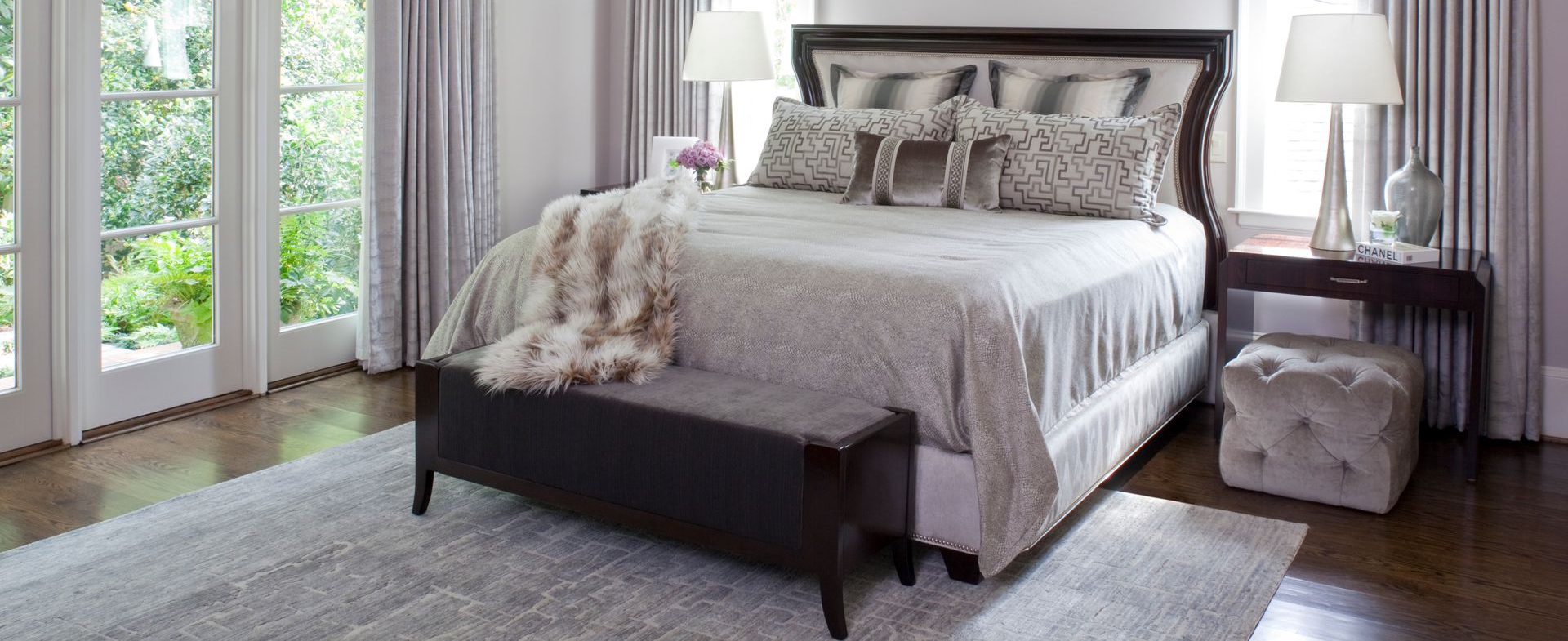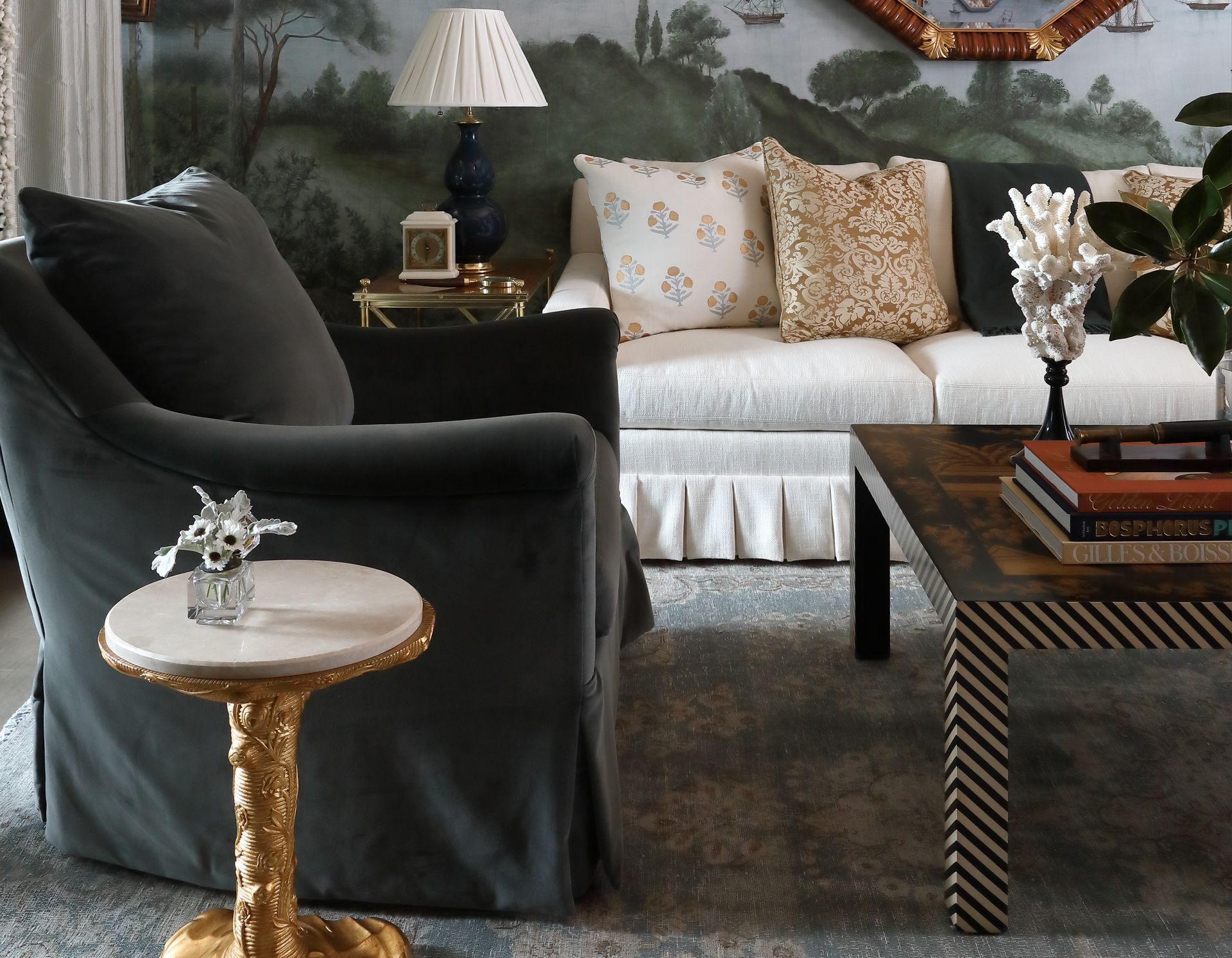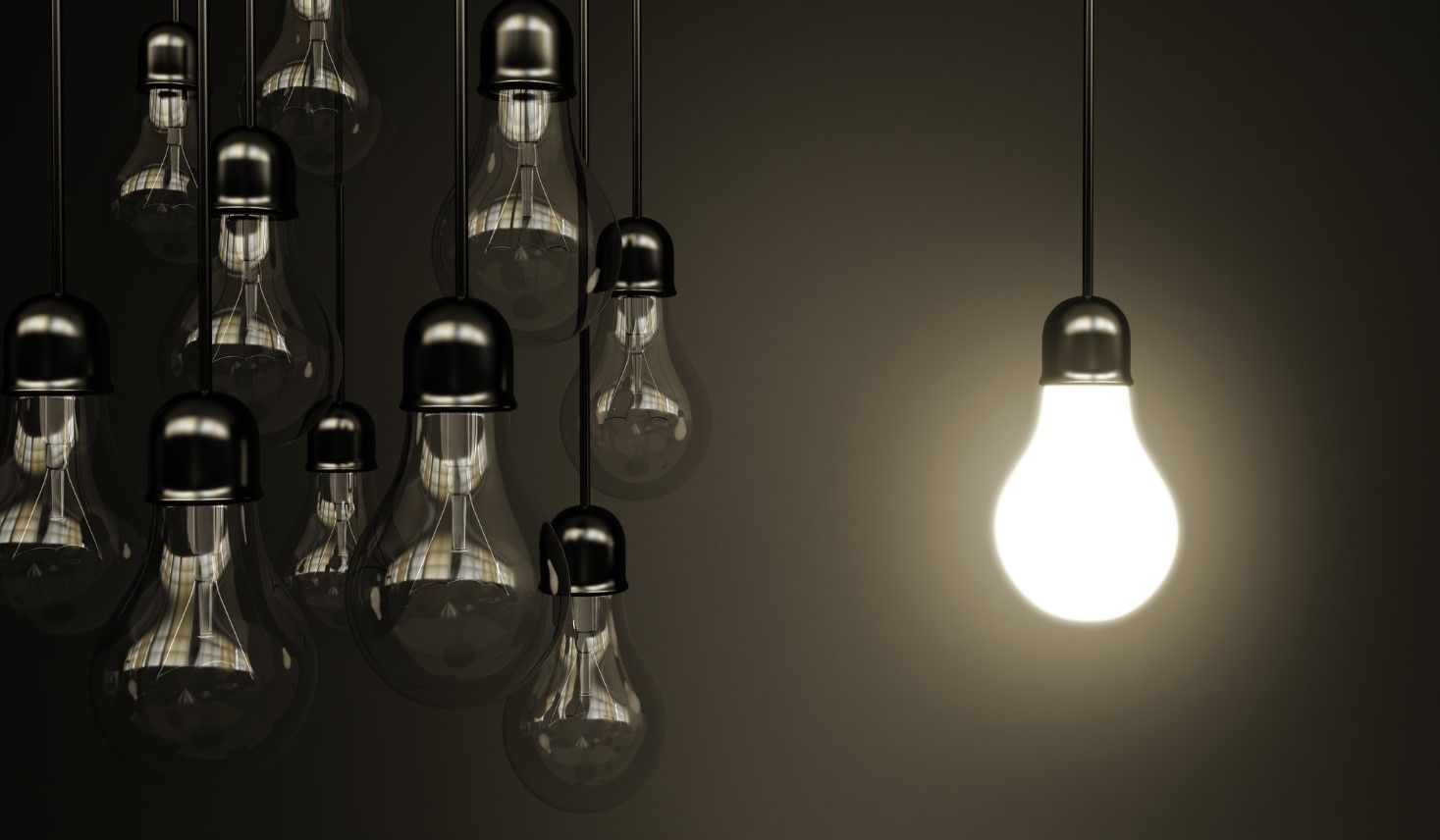Considerations When Applying Interior Lighting To Showcase Your Artwork
August 17, 2023
If you are an artist or a collector, you know how important it is to display your artwork in the best possible way. One of the key factors that can make or break the visual impact of your art is the lighting.
Here are some considerations when applying interior lighting to showcase your artwork and create a stunning atmosphere in your home or studio.
Type of Lighting
The first thing you need to consider is the type of lighting you want to use. There are three main types of lighting: ambient, accent, and task.
Ambient
Ambient lighting is the general illumination that fills the room. It creates a comfortable and inviting mood.
Accent
Accent lighting is the focused light that highlights specific objects or areas. You can direct accent lighting at specific art pieces that you would like to showcase.
Task
Task lighting is the practical light that helps you perform specific activities, such as reading or painting. It clearly illuminates a portion of a space to make it easier to complete the task at hand.
Color Temperature of the Light
The color temperature of light is measured in Kelvin (K) and indicates how warm or cool the light is. Warm light has a color temperature that measures below 3000K and displays a yellowish or reddish hue. A cool, bright light has a higher color temperature that measures above 4000K and emits a bluish or white hue.
The color temperature of the light can affect how the colors of your artwork appear. Generally, warm light enhances warm colors, such as red, orange, and yellow. Likewise, cool light enhances cool colors, such as blue, green, and purple. However, this enhancement also depends on the color temperature of the natural light in your room and that of your wall color.
Direction and Angle of the Light
The direction and angle of the light can create different effects on your artwork, such as shadows, contrast, depth, and texture.
If you want to create a dramatic effect, you can use a spotlight that casts a strong and narrow beam of light on your artwork from above or below. If you want to create a soft and subtle effect, you can use a diffused light that casts a wide and even beam of light on your artwork from the front or the side.
Placement and Distance of the Light
The placement and distance of the light can affect how much light reaches your artwork and how evenly it is distributed. To illuminate a large piece of artwork, you can use a ceiling-mounted fixture that covers a wide area. If you want to illuminate a small piece of art, you can use a wall-mounted fixture that is close to the artwork.
Nevertheless, be sure to avoid placing the light too close or too far from your artwork, as this can cause glare or dimness.
Style and Design of the Light
The style and design of the light can complement or contrast the design elements of your artwork and create a harmonious or interestingly unique look. The resulting style is up to you.
If you have modern and minimalist artwork, you can use a sleek and simple light fixture that matches the aesthetic. If you have traditional and ornate artwork, you can use a decorative and elaborate light fixture that adds some character.
Lighting is not only functional but also artistic. There is no one-size-fits-all solution for lighting your art, as every piece of art is unique, and every room is different. You may need to experiment with different types, colors, directions, angles, placements, and styles of lighting until you find what works best for your art and your space.
When choosing your lighting, it is best to have the guidance of a professional interior designer. For help with your lighting needs, contact
Mathews Furniture + Design. We can help you maximize the beauty of your space.


